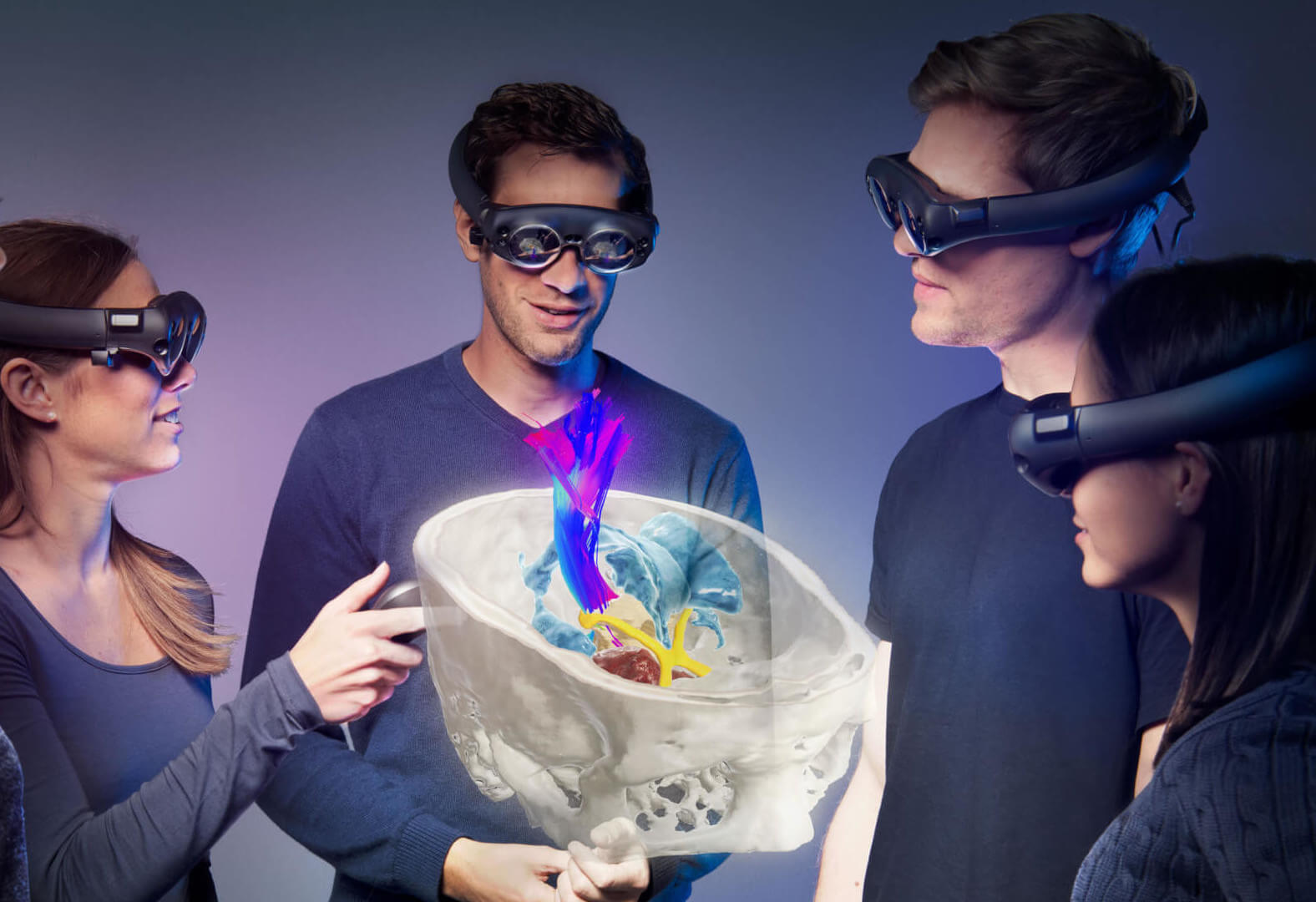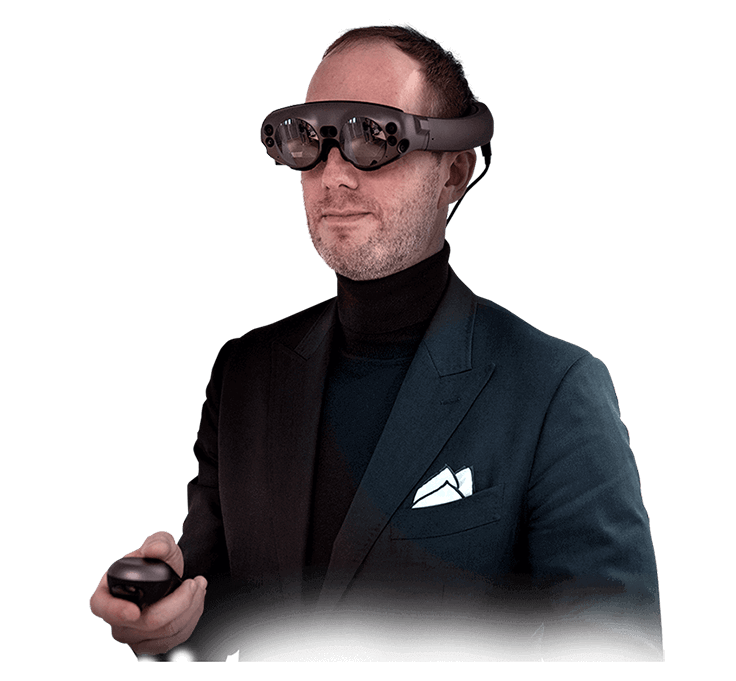Seminario web
The Role of Mixed Reality in Craniomaxillofacial Surgery – An Interactive Discussion about Our First Experiences and the Future Outlook
Sep 15, 2020

Descripción
Brainlab invites you to join our webinar, “The Role of Mixed Reality in Craniomaxillofacial Surgery – An Interactive Discussion about Our First Experiences and the Future Outlook”, presented by our four international speakers:
Bradley Strong, MD, Professor and Vice Chair of the Department of Otolaryngology / Head and Neck Surgery, University of California, Davis School of Medicine Sacramento, CA, USA
Bernd Lethaus, MD, DDS, Director of the Department of Oral and Maxillofacial and Plastic Facial Surgery University Hospital Leipzig, Germany
Alexander Bartella, MD, DMD, Resident in the Department of Oral and Maxillofacial and Plastic Facial Surgery University Hospital Leipzig, Germany
Reinald Kühle, MD, DMD, Resident in the Department of Oral and Maxillofacial and Plastic Facial Surgery University Hospital Heidelberg, Germany
This webinar will cover topics including:
3D visualization technology insights: Virtual reality, augmented reality vs. mixed reality
Interactive case discussion
How can clinicians use Mixed Reality? Insights gained from my first experience with MR
Discussion about future capabilities—What is the next level of Mixed Reality?
Already interested to learn more about Mixed Reality? Read our blog article!
We look forward to meeting you online!
Bradley Strong, MD
Clínico Universitario de Leipzig, Alemania

Prof. Bernd Lethaus, MD, DDS
University of Leipzig Medical Center, Alemania
Alexander Bartella, MD
Clínico Universitario de Leipzig, Alemania
Reinald Kühle, Departamento de Cirugía Oral y Maxilofacial y de Cirugía Plástica de Cara
Hospital Universitario de Heidelberg, Heidelberg, Alemania